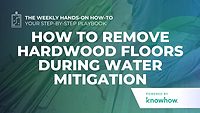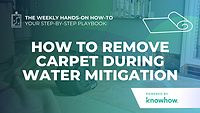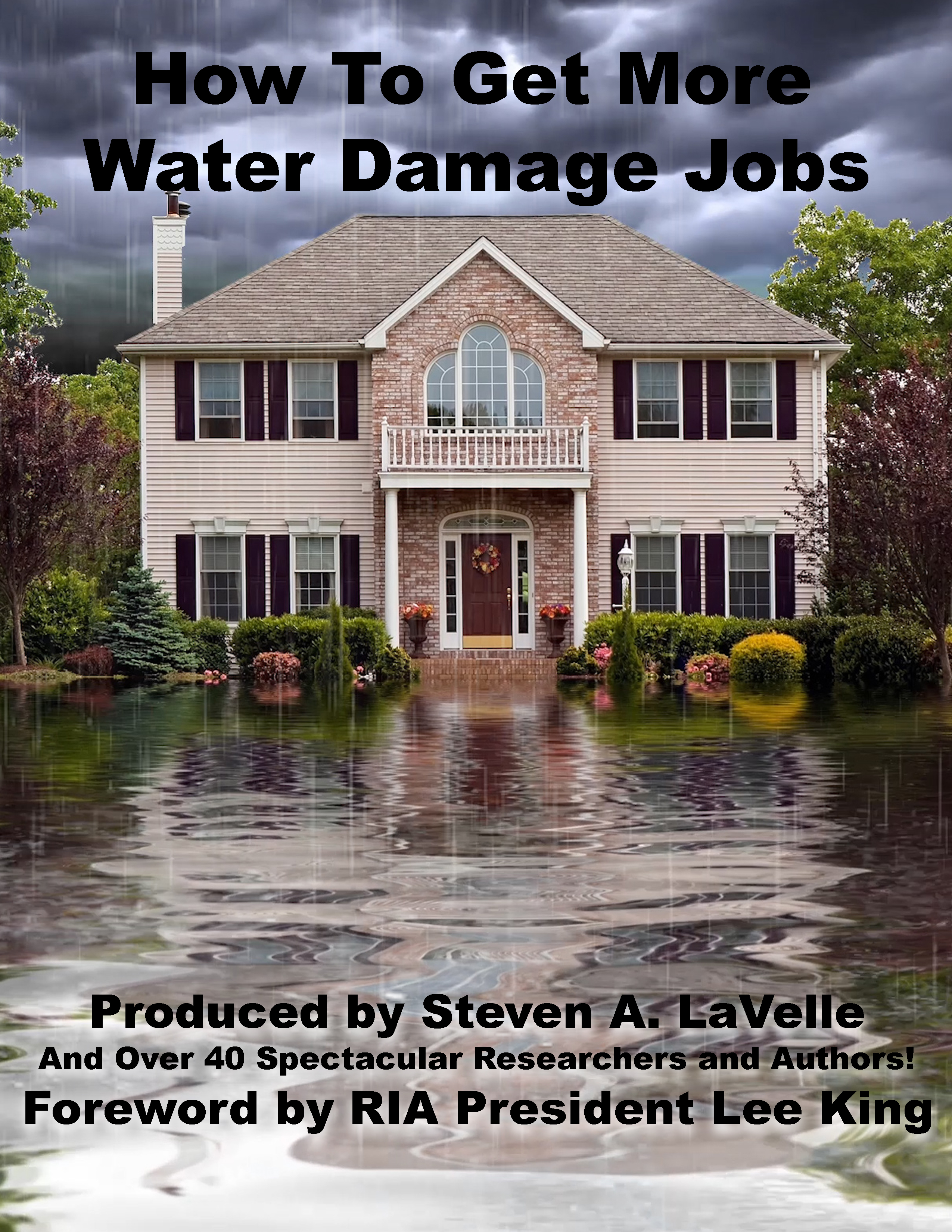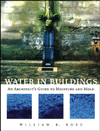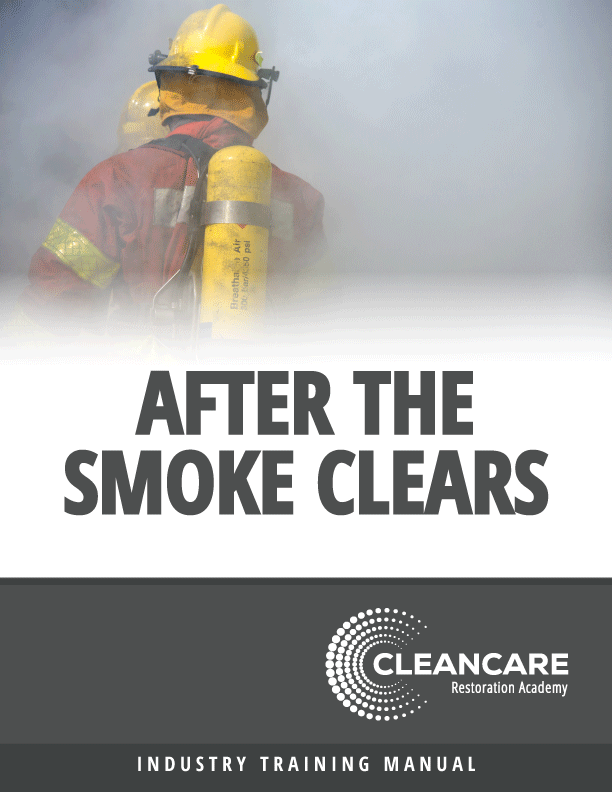Weekly Hands-on How-To powered by KnowHow
How to Identify and Remove Non-Salvageable Materials During Mitigation

In restoration, one of the toughest calls is deciding what can be saved and what has to go. Removing non-salvageable materials is critical to a successful mitigation process, but it’s not always straightforward. Warped drywall, mold-infested insulation, or charred framing—it takes skill and a sharp eye to identify materials that can’t be restored and ensure their safe removal.
Done right, this process protects both the property and the people working on it, preventing contaminants from spreading and clearing the way for effective restoration. But it also demands precision, proper safety measures, and compliance with local regulations.
In this weekly how-to, powered by KnowHow, we’ll guide you through the key steps to confidently identify and remove non-salvageable materials. From assessing damage to cleaning the area, this practical guide ensures your mitigation work is thorough, safe, and professional every time.
Step 1: Assess the Damage
Begin by evaluating the extent of the damage to identify which building materials are beyond salvaging. Look for signs such as heavy warping, structural instability, severe charring, or materials contaminated with mold or hazardous substances. This initial step is crucial for determining what needs to be removed and allows you to prioritize materials that pose the most immediate risk.
When inspecting, be thorough:
- Check walls, flooring, and ceilings for hidden damage.
- Look for mold, rot, or severe water saturation that cannot be remedied through drying or cleaning.
- Document the damage with photos and notes for insurance and project tracking purposes.
Step 2: Wear Protective Gear
Safety comes first when handling non-salvageable materials. Damaged materials often harbor mold, dust, or other contaminants that can pose health risks. Proper protective equipment is essential to minimize exposure.
Make sure to wear:
- Gloves to shield your hands from sharp objects or harmful substances.
- Safety goggles to protect your eyes from debris.
- A mask or respirator to prevent inhaling harmful particles, especially if mold or hazardous dust is present.
Protective clothing to safeguard your skin and prevent contaminants from spreading to other areas.

Step 3: Remove Non-Salvageable Materials
Carefully remove materials that cannot be dried, cleaned, or restored. This includes items like waterlogged drywall, mold-infested insulation, warped wood, or charred debris. Separate these materials from salvageable ones to streamline disposal and restoration efforts.
When removing damaged materials:
- Use tools such as pry bars or utility knives for precise removal.
- Work systematically to prevent spreading contaminants to unaffected areas.
- Avoid disrupting hazardous materials, such as asbestos, without proper protocols.
Dispose of all non-salvageable materials according to local hazardous waste guidelines to ensure compliance and environmental safety. This step not only protects the structural integrity of the building but also minimizes health risks to occupants and workers.
Step 4: Clean the Area
Once the damaged materials are removed, focus on thoroughly cleaning the affected area to eliminate residual debris and contaminants. Use specialized cleaning tools and products to sanitize the space and prepare it for restoration.
Key cleaning tips:
- Use vacuums with HEPA filters to capture fine particles and prevent them from becoming airborne.
- Sanitize surfaces with appropriate cleaning solutions, targeting hard-to-reach areas like corners or gaps.
- Ensure adequate ventilation to expedite drying and prevent moisture buildup.
Dispose of cleaning materials and waste properly, following local regulations to maintain a hygienic and safe environment. A meticulously cleaned area is critical for preventing mold growth and setting the stage for successful restoration.
Simplify Restoration with KnowHow
Removing non-salvageable materials is critical to a safe and effective restoration, but it’s a process that demands precision and care. Identifying damage, ensuring safety, and following proper cleanup protocols can be challenging—even for seasoned pros.
That’s where KnowHow comes in. With instant access to expert guidance and training tools, your team can confidently navigate every step, ensuring nothing is missed. Ready to elevate your restoration process?
Book a demo today and see how KnowHow makes every job safer, smarter, and more efficient.
Looking for a reprint of this article?
From high-res PDFs to custom plaques, order your copy today!





